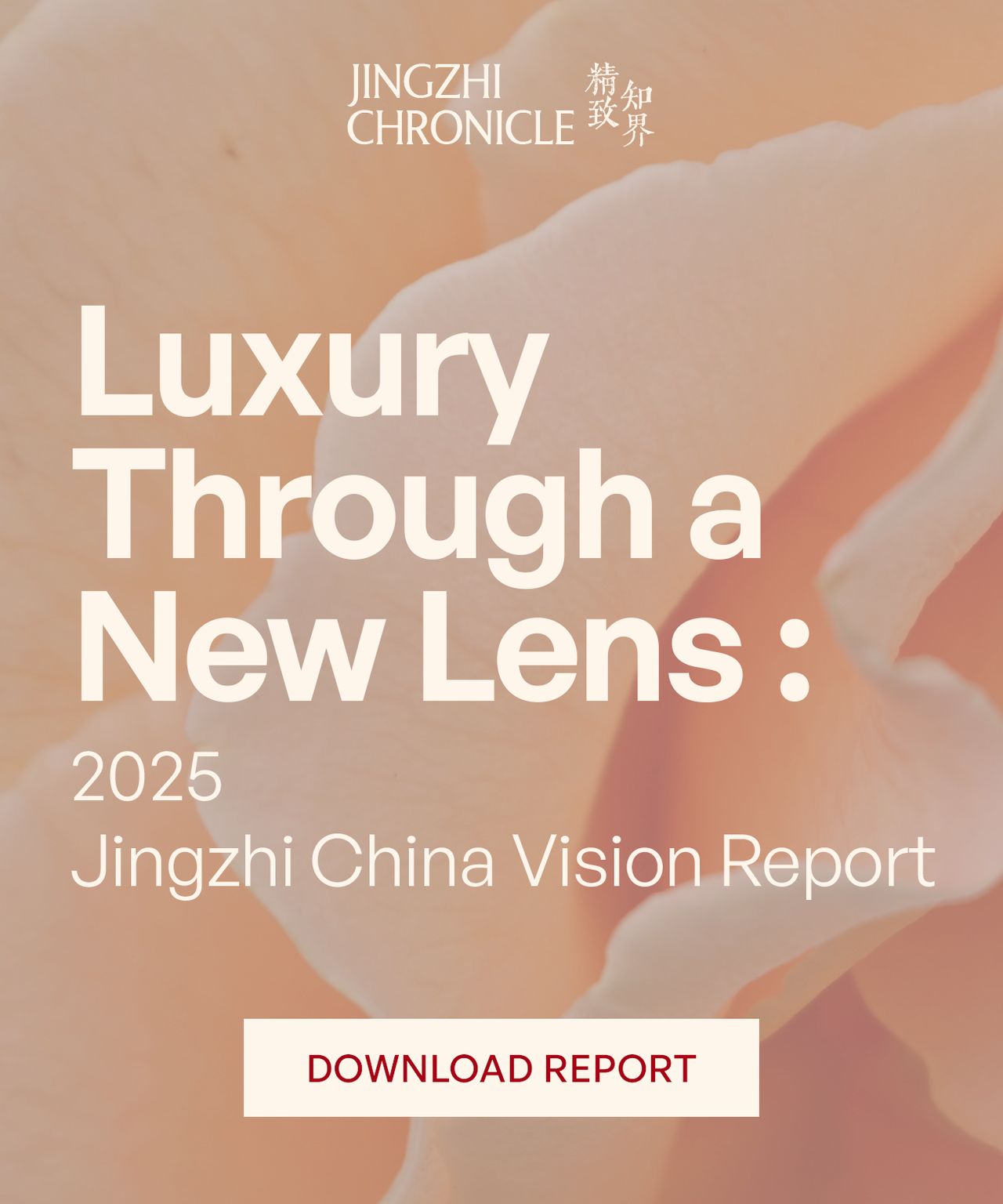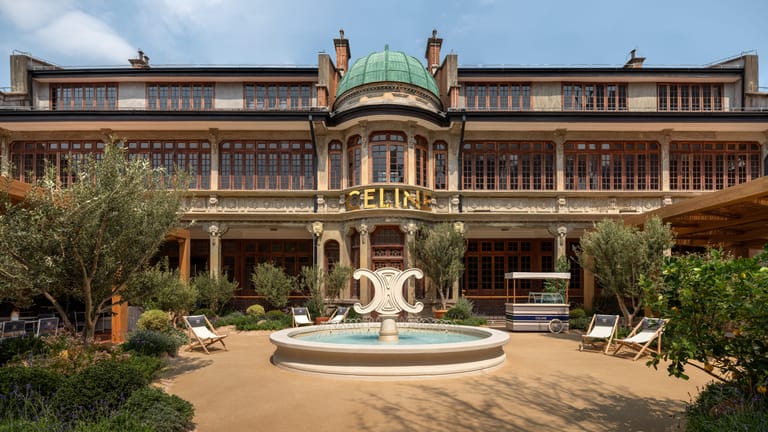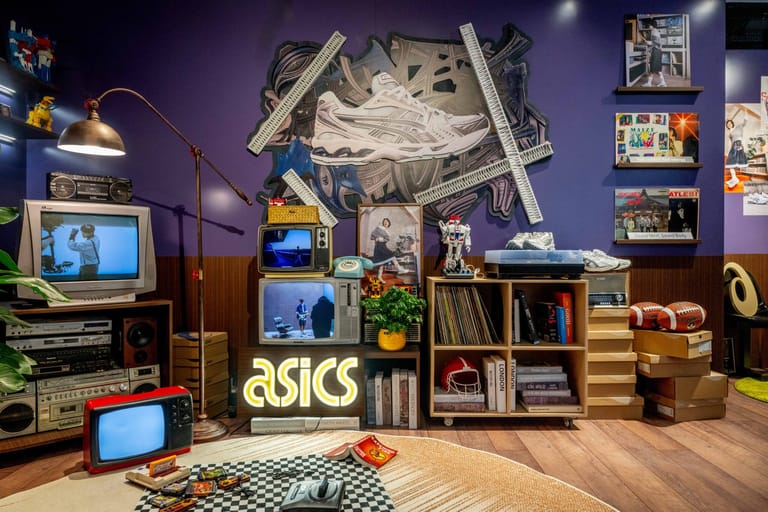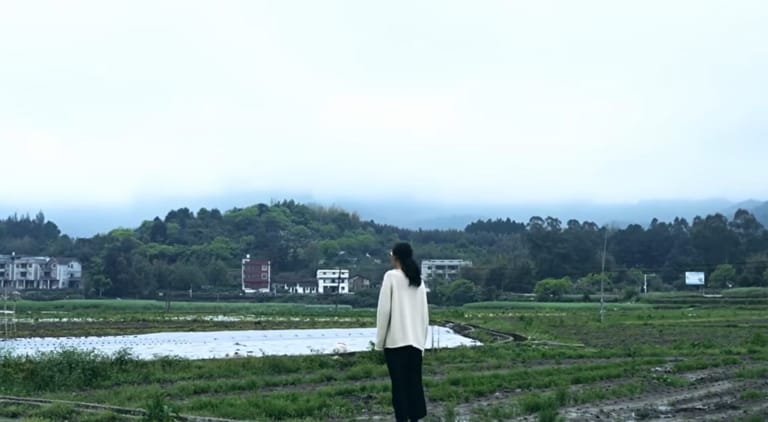Monday Briefing: Luxury Gains, Tourism Shifts, and Baby Spending Surges in China
By
Wenzhuo Wu

Published on
April 21, 2025

Start your week with sharp analysis and fresh insights into China’s latest cultural, luxury, and consumer trends. Monday Briefing connects the dots between local shifts and global repercussions, highlighting relevance to the luxury market, business strategies, and modern lifestyle trends shaping our world today.
Earnings released last week by LVMH, Moncler Group, Brunello Cucinelli, and Hermès offer a revealing snapshot, as global markets continue to watch China for signs of consumer momentum. Luxury brands remain cautiously optimistic, yet their fortunes increasingly diverge due to differences regarding positioning and resonance with local demand. Meanwhile, the upcoming May Day holiday will serve as a key litmus test for tourism recovery, particularly beyond the country’s top-tier cities. Even the once-niche mother-and-baby category is emerging as a window into the growing complexity of China’s evolving consumption landscape.
Luxury’s China Contradiction
Luxury’s Q1 earnings season has once again laid bare the routine complexities of the China market. On one hand, Brunello Cucinelli—a brand deeply rooted in quiet elegance and Italian craftsmanship—celebrating a buoyant 11.3 percent revenue growth in Asia, underpinned by what it describes as “a lively desire for authentic luxury” in China. On the other, Hermès, one of the most resilient names in ultra-luxury, posted only a modest one percent growth in Asia excluding Japan, with Greater China facing headwinds from persistent economic malaise, particularly in its real estate sector.
How do we reconcile this contradiction?
The divergence reveals less about the strength of the overall market and more about consumer segmentation and brand positioning. For Hermès, the softening is significant only because its previous benchmarks were stratospheric. Even amid economic turbulence, the brand retains its aura, but that doesn’t shield it entirely from macro pressures. Brunello Cucinelli, meanwhile, appears to be thriving by tapping into a specific demographic within China’s post-COVID luxury consumer: aspirational, culturally attuned, and searching for meaning through craftsmanship rather than logos.
There’s a lesson here: The “China story” in luxury is hardly homogenous. Instead of asking whether China is recovering, the more precise question might be which China is recovering—and for whom.

The May Day Travel Test
If China’s Q1 luxury consumption painted a mixed picture, the outlook for travel over the May Day holiday is anything but.
According to Trip.com’s forecast report, three key trends will define this year’s five-day holiday period: growth in long-haul trips, a rebound in two-way cross-border travel, and the rising clout of lower-tier markets. The so-called “consumption downgrade” narrative continues to unravel—fourth-tier cities and below are not only catching up, but in many cases outpacing top-tier ones. Trip.com notes a 25 percent year-on-year increase in overall travel demand, with the growth rate 11 percentage points higher than that of high-tier cities. Meanwhile, high-end hotel bookings in smaller cities have overtaken those in top-tier markets, signaling a clear upgrade in consumption and a growing willingness to spend among previously overlooked segments.
On the outbound front, Qunar data shows a parallel surge. Chinese tourists have booked trips to 1,303 global cities for the holiday—290 more than last year—with overall outbound bookings rising by over 20 percent. Classic destinations like Osaka, Tokyo, and Bangkok remain favorites, while lesser-known cities such as Vladivostok in Russia and Granada in Spain are witnessing the fastest booking growth, revealing an appetite for unique and varied experiences.

Together, these trends illustrate how travel demand is not just rebounding—it’s fragmenting. The brands that succeed in this new landscape are those agile enough to meet Chinese consumers where they are headed.
Baby Boom with a Premium Twist
Finally, the mother-and-baby sector, long seen as defensive in China’s consumer landscape, is undergoing a high-value transformation. At last week’s Tmall Golden Baby Awards, Tmall revealed that over twenty-four brands surpassed RMB 1 billion in annual sales in 2024—a 40 percent year-on-year surge—while premium gifting and function-specific products dominated spending.
Strikingly, gift-related baby spending saw breathtaking growth of over 500 percent, while niche segments like kids’ cosmetics saw nearly 80 percent growth. For luxury and lifestyle brands, this presents a fascinating opportunity: the convergence of wellness, parenting, and premium lifestyle. Younger Chinese parents are not only spending more, but also spending better—seeking value, personalization, and product storytelling across all touchpoints.
Bottom Line
From Italian tailoring to baby gift boxes, and from Osaka to Granada, China’s consumers are evolving, not retreating. To succeed, brands must adapt to the multi-speed, multi-demographic, and multi-scenario reality of post-pandemic China. In 2025, nuance isn’t a luxury. It’s a necessity.












